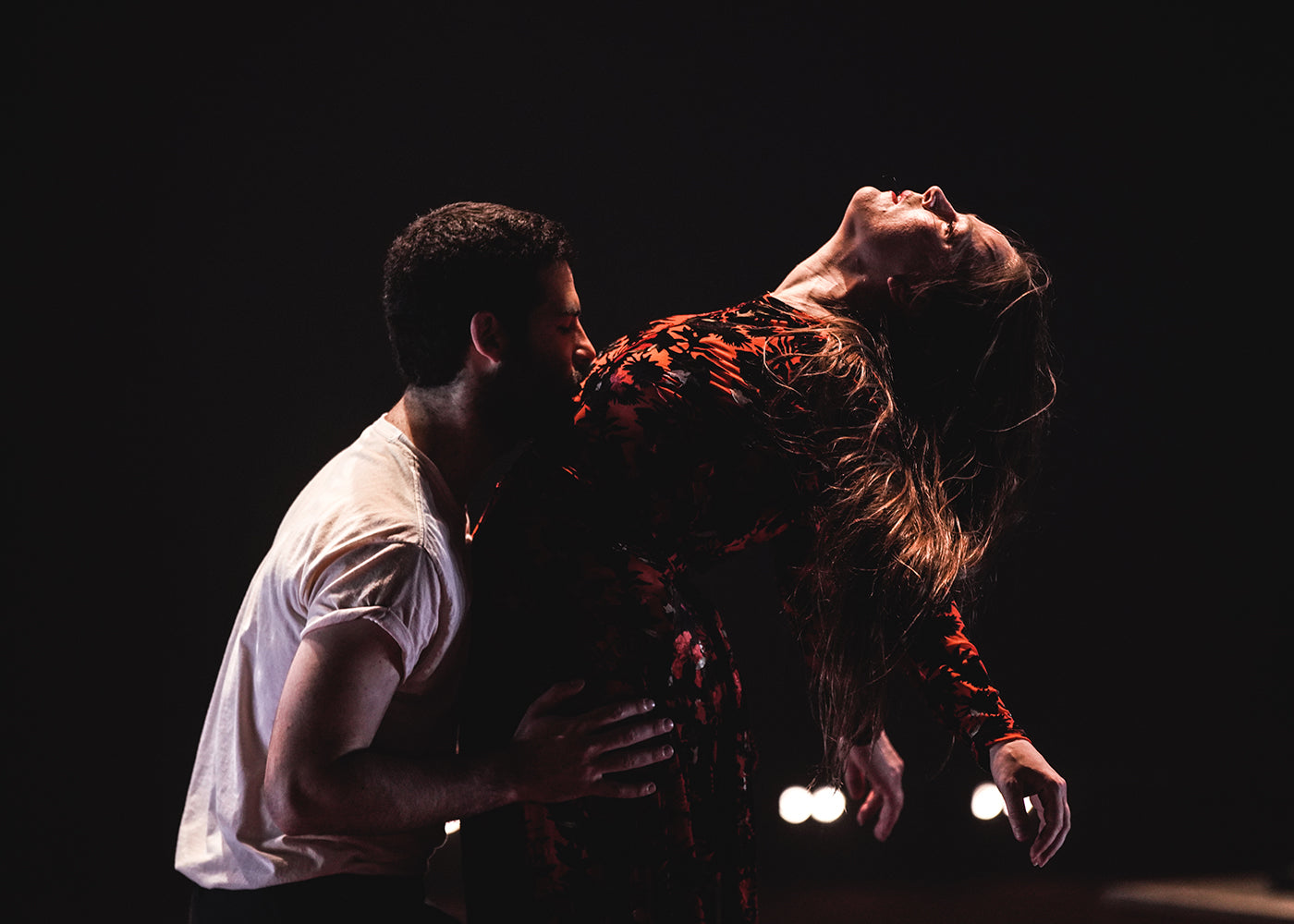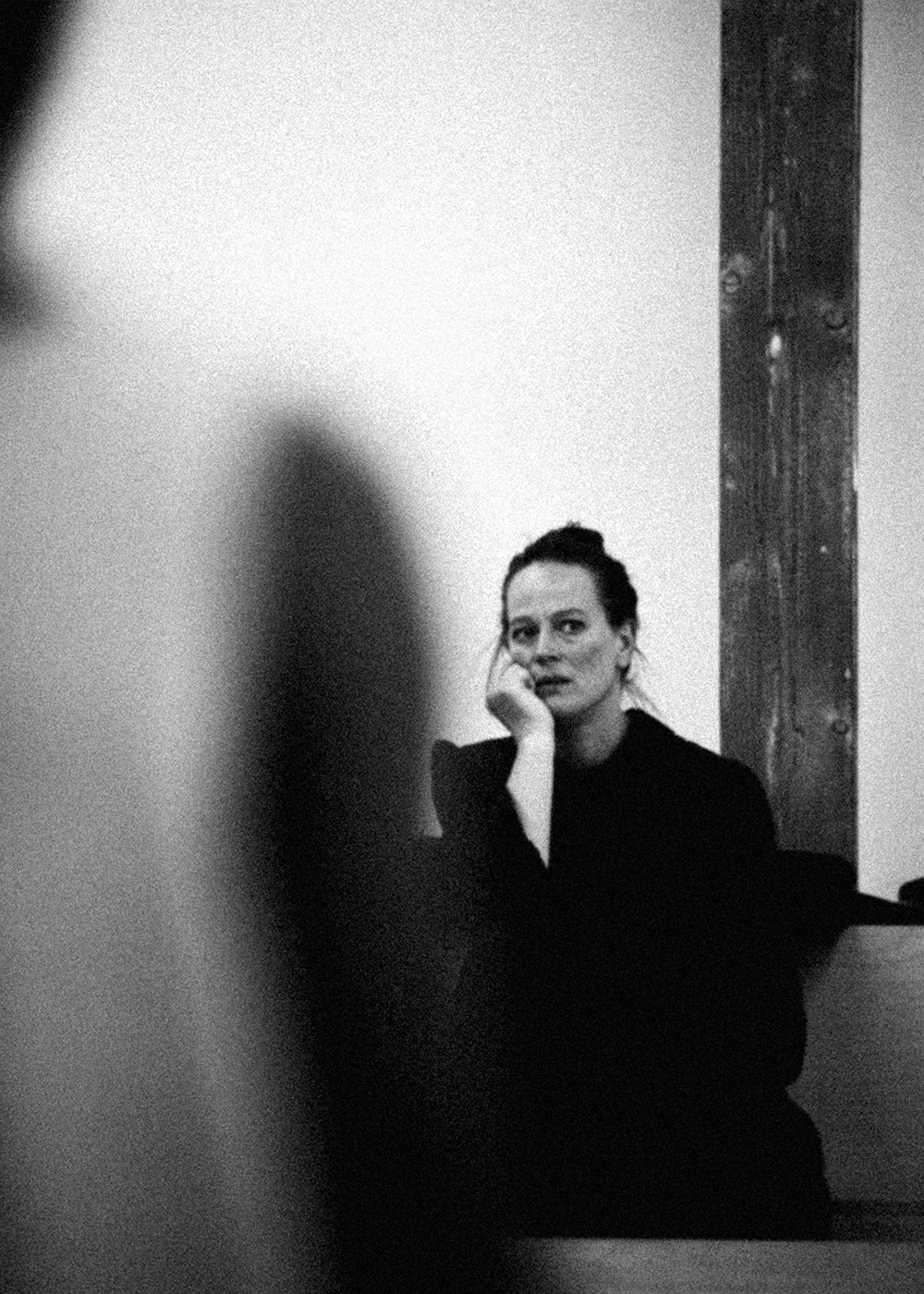Born in Centerville, Iowa, Smith, a choreographer, dancer and actor, is an alumnus of the Juilliard School, North Carolina School of the Arts and the Royal Winnipeg Ballet School. She joined Batsheva in 2005 and stayed until 2014, when she decamped to New York. Israeli-born Schraiber, also a triple-threat who studied at the Jerusalem Academy of Music and Dance before joining Batsheva in 2010, left the company in 2017.
The pair, in addition to dancing together, became co-founding members of the American Modern Opera Company (AMOC) with some 19 others, in 2017, and have choreographed numerous original works. Included are five short dance films commissioned by Corpus, a contemporary subgroup of the Royal Danish Ballet. The duo has also been artist-in-residence at L.A. Dance Project since 2020, with their latest work, “The Missing Mountain,” produced in collaboration with LADP. The one-hour piece features six LADP dancers and has its world premiere at the group’s space September 14-16 and September 28-30.
Individually, Smith, who was awarded the Harkness Promise Award and was the Martha Duffy Resident Artist at Baryshnikov Art Center in 2019, also worked in “Dido and Aeneas” and “Orphic Moment,” choreographed by Zack Winoker. In addition, the thirty-nine-year-old performed in “Sleep No More,” choreographed by Maxine Doyle, with the twosome going on to create “Deo,” for the Martha Graham Dance Company in 2019.
Smith’s choreography and solo works have been presented by, among others, Batsheva, PS122, the Israel Museum and the Luminato Festival. And in a cinematic turn, Smith is the subject of the 2017 documentary, “Bobbi Jene.” Directed by Elvira Lind, the film snagged three awards at the Tribeca Film Festival, including best documentary feature. Schraiber, born in 1992, is also in the film that follows Smith’s departure from Batsheva as she began creating her own work, notably, the solo, “A Study on Effort.”
In 2018, Smith starred in and, with Doyle, co-choreographed the feature-length film, “Mari.” Directed by Georgia Parris, the work featured a pregnant Smith coming to grips with motherhood, performance and family, with one scene including Smith and her husband, who was also in the national tour of the Tony Award-winning play, “The Band’s Visit,” dancing together.
That same year Smith choreographed the climactic dance sequence at the end of Annihilation, starring Natalie Portman. Working in tandem again in 2020, Smith appeared in Boaz Yakin’s “Aviva,” (“Remember the Titans”), a movement-driven story that was an SXSW selection, with Schraiber dancing and contributing choreography.
The couple’s most recent works include “Pit, which premiered at the Palais Garnier for Paris Opera Ballet in March, with “Broken Theater,” part of La MaMa Moves! Dance Festival, seen in June. Produced by AMOC, the latter had a non-linear narrative loosely adapted from “The Taming of the Shrew,” and featured live music, with Smith and Schraiber part of the large cast.
Fjord Review had the chance to catch up with the fiendishly busy, New York-based couple over Zoom between rehearsals for “The Missing Mountain.” Topics ranged from their latest work, their choreographic process and their foray into films, with the couple’s four-year-old daughter, Dea, intermittently popping into frame.





comments